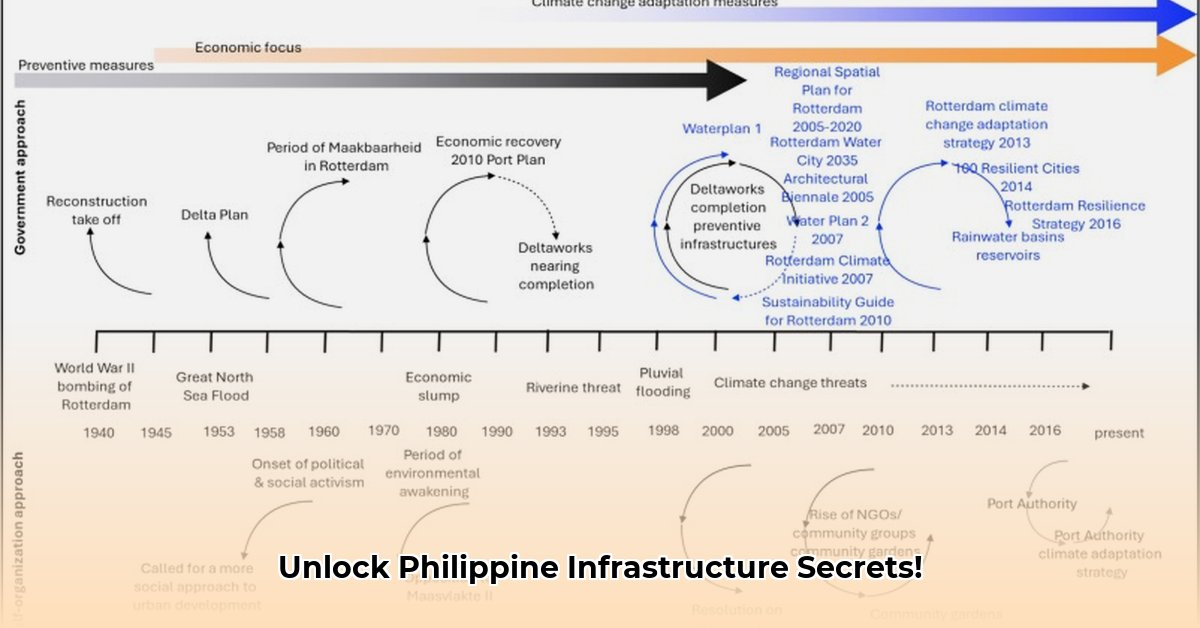
Navigating Philippine infrastructure guidelines can feel overwhelming. While a single "DPWH Blue Book 2023" might not exist as a monolithic document, this guide provides a clear path to accessing and utilizing the necessary information for successful infrastructure projects. This guide is designed for contractors, government officials, and citizens alike, offering practical steps and insights to ensure compliance and efficiency.
Understanding the DPWH Documentation Landscape
The DPWH utilizes numerous guidelines, manuals, and specifications. Finding the most relevant and up-to-date documents requires a strategic approach. This isn't a single book, but rather a collection of resources. Outdated documents can lead to significant legal and practical issues; therefore, confirming currency is critical.
Locating Relevant DPWH Documents: A Step-by-Step Guide
Define Project Scope: Clearly identify your project type (road, bridge, building, etc.) to narrow your search.
Utilize the Official DPWH Website 1: The official website is the primary source for current guidelines. Search using precise keywords (e.g., "DPWH asphalt pavement design standards 2023").
Prioritize Current Versions: Always check publication or revision dates. Outdated documents pose significant risks.
Download and Thoroughly Review: Don't just skim; understand the implications of each guideline.
Seek Assistance: If needed, contact the DPWH directly for clarification or support.
Addressing Common Challenges in Philippine Infrastructure Projects
Several recurring challenges hinder smooth project execution. Understanding these issues is crucial for proactive planning and mitigation.
Right-of-Way Acquisition: A Persistent Hurdle
Land acquisition is frequently a major source of delay. Proactive stakeholder engagement and community consultations are vital to minimize conflicts and expedite the process. Efficient communication and transparency can significantly reduce this bottleneck.
Ensuring Timely Project Completion
Thorough planning, efficient contract management, and proactive risk assessment are paramount for timely completion. Delays can stem from logistical issues, material shortages, or unforeseen site conditions; careful planning helps mitigate such risks.
A Practical Framework for Navigating DPWH Guidelines
This step-by-step guide provides a practical framework for accessing and utilizing DPWH resources effectively:
Identify Information Needs: Determine the specific information required for your project or inquiry.
Utilize the Official DPWH Website Resources: Begin your search on the official DPWH website, focusing on relevant sections such as publications or guidelines.
Focus on Project Phase: Tailor your search to the specific project phase (planning, implementation, or evaluation).
Consult Relevant Manuals and Specifications: DPWH manuals provide detailed technical guidelines for adherence.
Seek Clarification as Needed: Contact the DPWH for assistance if you encounter ambiguities or inconsistencies.
Key Stakeholders and Their Responsibilities
Effective infrastructure development requires collaboration among various stakeholders:
| Stakeholder Group | Key Responsibilities |
|---|---|
| DPWH Engineering Units | Guideline maintenance and updates; online resource availability; training programs. |
| Contractors | Using current guidelines; actively participating in DPWH training initiatives. |
| Local Governments | Effective guideline implementation; close collaboration with the DPWH. |
| Citizens | Reporting issues; participation in public consultations; promoting transparency. |
This collaborative approach is crucial for smooth project execution and overall success. By understanding the roles and responsibilities of each group, we can promote better coordination and efficiency in infrastructure projects.
⭐⭐⭐⭐☆ (4.8)
Download via Link 1
Download via Link 2
Last updated: Sunday, April 27, 2025